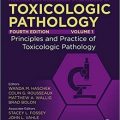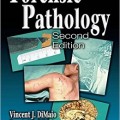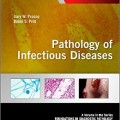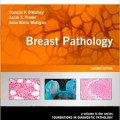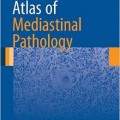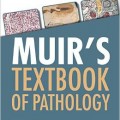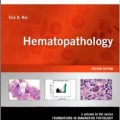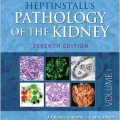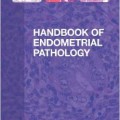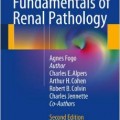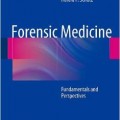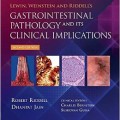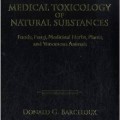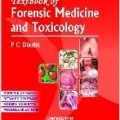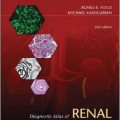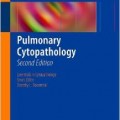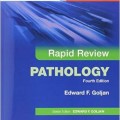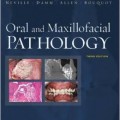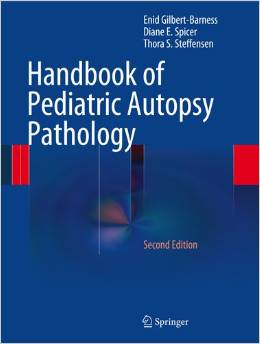دانلود کتاب نقد و بررسی پزشکی قانونی و سم شناسی (جنبه های بالینی و پاتولوژیک)
Review of Forensic Medicine and Toxicology (Including Clinical & Pathological Aspects), 3ed
The book entitled “Review of Forensic Medicine and Toxicology” comprises of two sections. Section 1 illustrates about jurisprudence and forensic medicine and section 2 illustrates about toxicology. Forensic medicine and toxicology is an expansive and budding field where many changes occur because of the new research in the field, new technology or new laws or regulations being implemented. This books aims to provide a critical update of all the chapters that are affected by such changes. Jurisprudence and forensic medicine elaborates medical jurisprudence and ethics; acts related to medical practice; legal procedure; different ways of identification; details of autopsy; asphyxia; different types of injuries; decompression, radiation and altitude sickness; deaths (starvation and anesthetic); infanticide and child abuse are discussed. Also topics like abortion; impotence and sterility; virginity, pregnancy and delivery; sexual offenses; postmortem artifacts; forensic psychiatry; bloodstain analysis; seminal stains and other biological samples; DNA fingerprinting; torture and custodial deaths; medico-legal aspects of HIV and newer techniques and recent advances are highlighted. Toxicology illustrates about general toxicology; corrosive poisons; inorganic metal irritants (arsenic, mercury, lead, copper, thallium and others); non-metallic and mechanical irritants; organic irritants (plant and animal); somniferous poisons; inebriants—alcohol; sedative-hypnotic—barbiturates; deliriants—dhatura/datura; deliriants—cannabis; deliriants—cocaine; spinal and peripheral nerve poisons; cardiac poisons; hydrocyanic acid; asphyxiants; war gases and biological weapons; agricultural poisons; alphos; medicinal poisons; drug dependence and date rape drugs; kerosene oil poisoning and food poisoning. At the end of each chapter, topic-wise multiple choice questions are given.
- Major changes and updation have been provided in chapters, such as
- Medical jurisprudence and ethics (MCI, Declarations of WMA, informed consent, euthanasia)
- Acts (POCSO Act, Sexual Harassment of Women at Workplace Act, Protection of Women from Domestic Violence Act)
- Identification (Disorders of sexual development, concept of third sex, ridgeology, edgeoscopy)
- Autopsy (T-shaped incision, hazardous groups autopsies)
- Signs of death (Recent advances in estimating time since death)
- Asphyxia
- Injuries (Bone contusion)
- Medico-legal aspects of injuries
- Infanticide
- Sexual offences (Criminal Law Amendment Act, MOHFW guidelines, battered wife syndrome)
- DNA fingerprinting (FTA card)
- Torture
- General toxicology,
- Plant poisons (Oduvanthalai poisoning, hunan hand)
- Animal poisons (ASV antidote, scorpion bite treatment)
- Alcohol (Field impairment tests)
- Agricultural poisons (OPC, Alphos)
- Drug abuse and date rape drugs (PCP, date rape drugs)
- The text is presented in a concise and lucid form with line-diagrams, boxes, tables, differentiations and flow charts designed to make the book interesting-to-read, easy-to-comprehend, recollect and reproduce.
- Enriched with colour plates comprising of common poisons discussed in Section II have been added.
- Topic-wise MCQs from previous PG entrance examination (2006-15) are given at the end of each chapter.
- Answers can be referred from the text given as superscripts.
- Question banks I and II provide a list of important questions.
- There are two separate categories, such as Must Know and Desirable to Know to prepare student for exam preparation.
- This will help the reader to get insight of the subject and prepare for viva voce and subsequent PG entrance examinations.
Contents
Chapter-01 Medical Jurisprudence and Ethics
Chapter-02 Acts Related to Medical Practice
Chapter-03 Legal Procedure
Chapter-04 Identification I
Chapter-05 Identification II
Chapter-06 Medico-legal Autopsy
Chapter-07 Autopsy Room Hazards
Chapter-08 Thanatology
Chapter-09 Signs of Death
Chapter-10 Asphyxia
Chapter-11 Injuries
Chapter-12 Firearm Injuries
Chapter-13 Regional Injuries
Chapter-14 Thermal Injuries
Chapter-15 Transportation Injuries
Chapter-16 Explosion Injuries and Fall from Height
Chapter-17 Medico-legal Aspects of Injuries
Chapter-18 Decompression, Radiation and Altitude Sickness
Chapter-19 Starvation Deaths
Chapter-20 Anesthetic Deaths
Chapter-21 Infanticide and Child Abuse
Chapter-22 Abortion
Chapter-23 Impotence and Sterility
Chapter-24 Virginity, Pregnancy and Delivery
Chapter-25 Sexual Offences I
Chapter-26 Sexual Offences II
Chapter-27 Sexual Offences III
Chapter-28 Postmortem Artifacts
Chapter-29 Forensic Psychiatry
Chapter-30 Bloodstain Analysis
Chapter-31 Seminal Stains and Other Biological Samples
Chapter-32 DNA Fingerprinting
Chapter-33 Torture and Custodial Deaths
Chapter-34 Medico-legal Aspects of HIV
Chapter-35 Newer Techniques and Recent Advances
Question Bank-I
Chapter-36 General Toxicology
Chapter-37 Corrosive Poisons
Chapter-38 Inorganic Metallic Irritants—Arsenic
Chapter-39 Inorganic Metallic Irritants—Mercury
Chapter-40 Inorganic Metallic Irritants—Lead
Chapter-41 Inorganic Metallic Irritants—Copper
Chapter-42 Inorganic Metallic Irritants—Thallium
Chapter-43 Other Inorganic Metallic Irritants
Chapter-44 Non-Metallic and Mechanical Irritants
Chapter-45 Organic Irritants—Plant
Chapter-46 Organic Irritants—Animal
Chapter-47 Somniferous Poisons (Narcotic Poisons)
Chapter-48 Inebriants—Alcohol
Chapter-49 Sedative-hypnotic—Barbiturates
Chapter-50 Deliriants—Dhatura/Datura
Chapter-51 Deliriants—Cannabis
Chapter-52 Deliriants—Cocaine
Chapter-53 Spinal and Peripheral Nerve Poisons
Chapter-54 Cardiac Poisons
Chapter-55 Hydrocyanic Acid
Chapter-56 Asphyxiants
Chapter-57 War Gases and Biological Weapons
Chapter-58 Agricultural Poisons
Chapter-59 Alphos (Aluminum Phosphide)
Chapter-60 Medicinal Poisons
Chapter-61 Drug Dependence and Date Rape Drugs
Chapter-62 Kerosene Oil Poisoning
Chapter-63 Food Poisoning
لینک کوتاه : https://bookbaz.ir/?p=17322
نویسنده : Biswas Gautam
ناشر : Jaypee Brothers Medical Publishers; 3rd edition
سال انتشار : 2015
زبان کتاب : انگلیسی
نوع فایل : PDF
تعداد صفحات : 681
(ISBN) شابک : 9351528642
قیمت کتاب درآمازون : $40.80
حجم فایل : 35 MB




